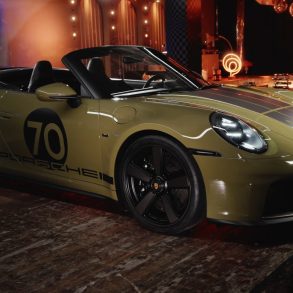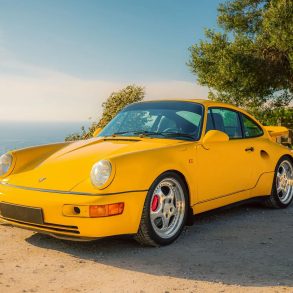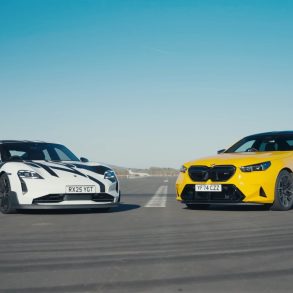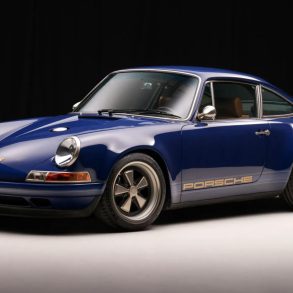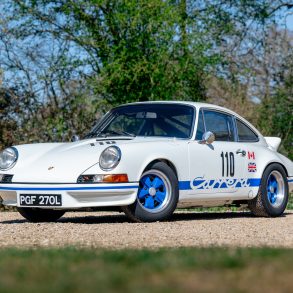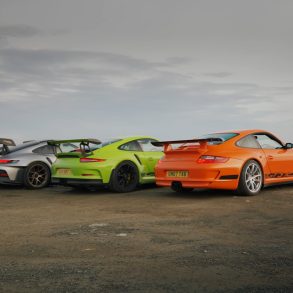Based on the 911S, the 911 R was produced by Porsche to compete in the FIA’s GT 2.0 category. To make it competitive, the 911R was powered by a flat-six engine, Type 901/22 from the Porsche 906, capable of 210 hp. It went on a diet too, with weight savings coming from everywhere, getting the 911 R down to just 1,800 pounds dry. Four prototypes were constructed after which Porsche had coachbuilder Karl Baur build another 20 customer cars. In the end, because of the modifications to the 911R, the FIA refused to homologate the car.
Alongside competition such as the seven-liter Ford GT40, the 911R never got its honest chance at victory until the Tour de France relaunch in 1969. A single car was entered in the race by the factory with Gerard Larousse behind the wheel. The agility of the 911 helped him take the overall victory through a mixture of hillclimb and road courses.
Beyond the Tour de France, the 911 R failed to take any other significant victories. Porsche learnt from their mistakes and developed the much more standard 911 2.0 T/R 911 for customers dedicated to the GT class. No doubt, the 911 R would have contributed much more to the 911’s legacy had Porsche filled its 500 car requirement for homologation. Production ceased in 1968 after four prototypes and 20 customer cars had been made.
Today, the 911 R is hailed as a ‘holy grail’ among Porsche enthusiasts and has been the inspiration for many custom builds like this one recently featured in Magnus Walker’s video. Watch the video to learn more about this 911 R tribute.



